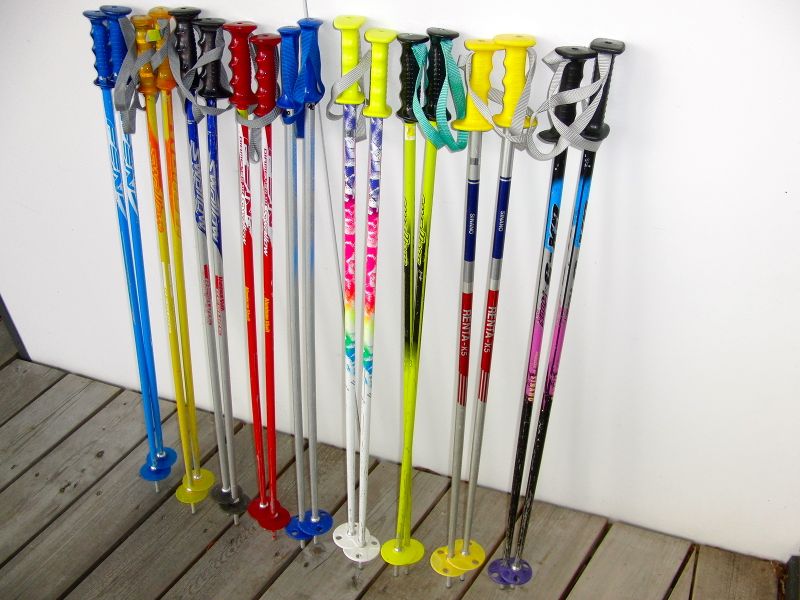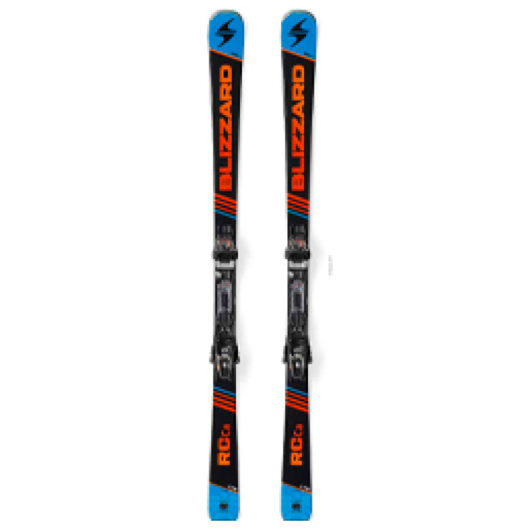選べるスキー3点セット★くつ、スキー(ビンディング付)、ストック
(税込) 送料込み
商品の説明
小学生用
スキー120
ストック90
靴22センチ
スキーと靴が合うように調整済み。
★スキー(ビンディング付き)、ストック、靴の3点セットで
★スキー(ビンディング付き)、ストック2点セット
お好きな方を選んでください。
| カテゴリー | スポーツ・レジャー > スキー > 板 |
|---|---|
| 商品のサイズ | 子ども用 |
| 商品の状態 | やや傷や汚れあり |

1シーズンレンタルスキー3点セット/板・ブーツ・ストック カービングスキー ジュニア キッズ 子供用
【2023】スノーシューのおすすめ人気ランキング11選【人気メーカーや初心者向けも紹介】|セレクト - gooランキング
![[21-22]スキーの3点セットおすすめ10選!相場より安く一式を揃えたいならコレ! | 暮らし〜の](https://m.media-amazon.com/images/I/51-W3W0UWOL.jpg)
[21-22]スキーの3点セットおすすめ10選!相場より安く一式を揃えたいならコレ! | 暮らし〜の

スノーシュー感覚で山に持って行けるスキー Altai Skis The Hok | スキー, ビンディング, スノーシュー

ハイパフォーマンスプラン:スキー3点セット (スキー・ブーツ・ストック) | スノーレンタル(SNOW RENTAL)
フォルクル Jrスキー4点セット RTM-JR ビンディング/ストック/ブーツ付き キッズ ジュニア :s-07-412

商品の情報
カテゴリー
配送料の負担
送料込み(出品者負担)配送の方法
ゆうゆうメルカリ便発送元の地域
宮城県発送までの日数
1~2日で発送メルカリ安心への取り組み
お金は事務局に支払われ、評価後に振り込まれます
出品者
スピード発送
この出品者は平均24時間以内に発送しています














